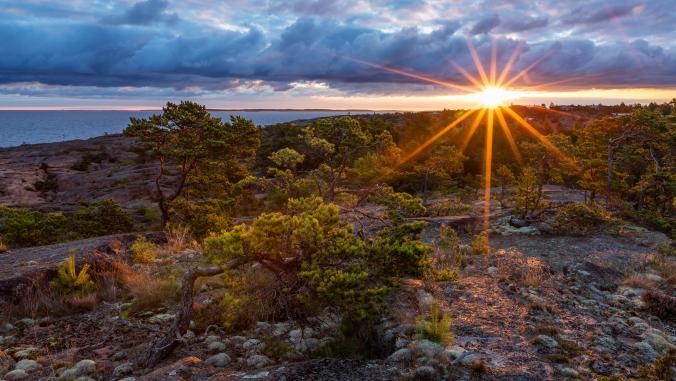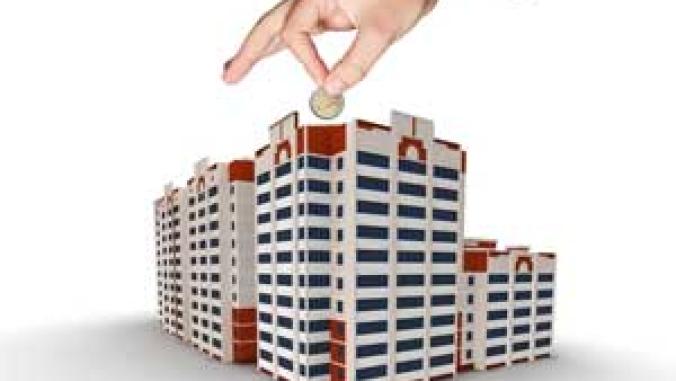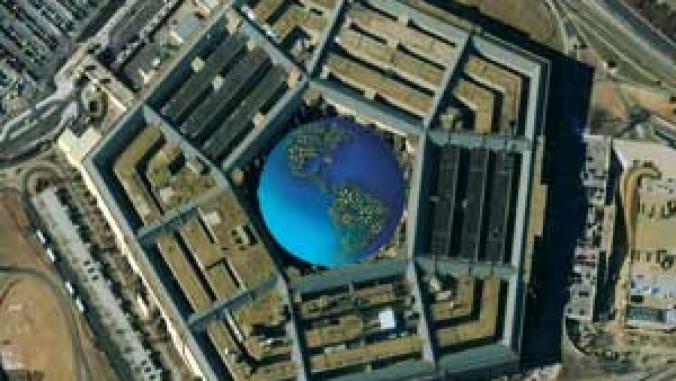Radical Confidence: A Tale of Two Rivers
<p>The Yangtze River is at near-record low levels as the Mississippi River floods over its banks. What do these two waterways tell us about how buildings and countries alike will need to manage water use?</p>

It is a gray, rainy day here in New York (this year is on track to be the second wettest year in New York history) and reading about the near-record floods on Mississippi has me thinking about saving water. You see, in China, the Yangtze River is at near-record lows, average snowpack in the Himalayas, which provide drinking water to over 40 percent of the world's population, continues to fall and food production is being dramatically impacted in Chinese provinces with a combined population of a few hundred million people.
Lest you think that these problems are "over there," the Department of Interior just released a study showing that climate change will result in temperature increases between five and seven degrees Fahrenheit and reductions in river flows in six of eight central and western river basins by the year 2050. Three major rivers, which provide water to eight states with a combined population of more than 50 million people, could see annual flow reductions of 8 to 14 percent during this period.
Moreover, the Urban Land Institute (ULI), in conjunction with Ernst & Young, just released a report demonstrating how the U.S. is falling way behind -- to the tune of at least $2 trillion -- on its infrastructure investments. Roadway expansion and repair, water infrastructure, transit, among others, are all anticipated to suffer during this period of fiscal "responsibility." While expensive and ultimately ineffective infrastructure boondoggles such as the South-North water transfer project should not be considered models to emulate, China is ramping up its investments in key infrastructure, notably transportation and water and wastewater infrastructure.
Beginning in June, it will be possible to travel by high-speed train between Shanghai and Beijing in under five hours. By contrast, taking the Amtrak Patronage Express from New York to Chicago -- which is almost the exact same distance as Beijing-Shanghai -- requires 29 hours and includes stops at key metropolitan centers such as Prince, West Virginia. (I mean no disrespect to the 200 fine citizens of Prince, but it is not clear why someone traveling between New York and Chicago needs to detour via Washington DC and that rural hamlet.) The Beijing Shanghai corridor is expected to serve approximately 220,000 people each day. This is essentially the same as having one plane landing at each airport every 2 minutes from 6 AM to midnight.
It seems pretty obvious to me that, with government willingly or unwillingly abdicating its historical responsibility for providing basic infrastructure services to buildings -- clean water, access -- building developers will need to step into the breach, if for no other reason than to protect or enhance the value of their investment.
This means that buildings of the future, in addition to being much more location efficient relative to mass transportation infrastructure (or what's left of it), will also need to become reservoirs and water treatment plants to ensure that even basic occupant needs are met.
Unlike the energy performance of buildings, where expanding use of electronic equipment is keeping total sector energy consumption flat or growing slightly in spite of significant reductions in lighting and HVAC energy use, total water use continues to decline.
It also may be possible that future green buildings increasingly will play a role in providing other "infrastructure services" such as water purification through the installation of vertical gardens/living walls. There has been dramatic growth in this beautiful art form in the last few years and I would suspect that a raindrop working its way through one of these installations would be almost as clean and revitalized as one that had fallen on a field.
Now all we need to do is to further help this raindrop make its way back down into the aquifer. Groundwater depletion, along with surface water contamination, will be two major environmental problems we can expect to see coming to the fore over the next decade or two. If climate change results in less overall precipitation and higher temperatures, measures to reduce, absorb, and store water while reducing heat islands, will become increasingly important.
Policy and technical innovation are also featured this week in two pieces by NRDC's Noah Horowitz and USGBC's Lane Bert, respectively, who write about innovations in lighting technology at this year's Lightfair conference and a summary of the outcomes of the USGBC annual government summit held last week.
Horowitz is in geek heaven as he rhapsodizes about 15 W prototype LEDs that put out almost the same light as a 100-watt incandescent -- just in time for the impending incandescent lamp phaseout! Over 600 people attended the government summit and Dr. Kathleen Hogan won the USGBC Leadership Award for federal initiatives -- a well-earned distinction for her pathbreaking work on the Energy Star program.
This week's Look-Grandpa-I-picked-up-the-$20-bill-you said-was-fake-but-it's-real! award goes to Turner Construction. Check out Mark Gunther's interview of Turner construction's Michael Deane, who heads up their sustainability efforts. According to Deane, Turner has nearly 200 LEED certified projects to its credit and green projects account for nearly half of Turner's 8-plus billion dollar annual turnover. Deane attributes this mostly to smart business practice. As Turner's experience has grown over the years, he notes that the cost to build green now essentially is the same as a conventional building.
Mississippi River flood photo CC-licensed by Kevin Dooley.





